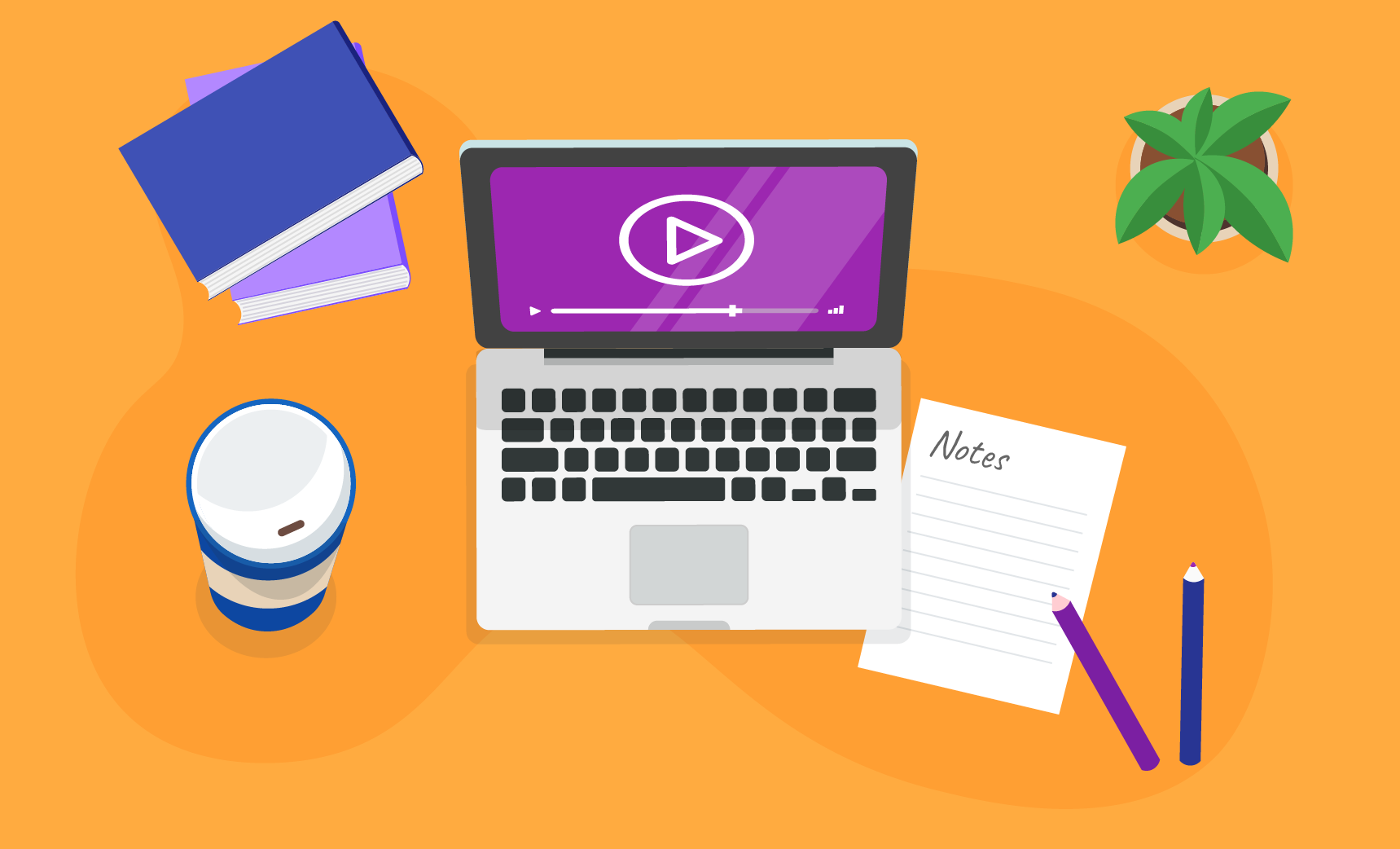
Image Source: Google
Education is constantly evolving, and with the advent of technology, teaching platforms have become a game-changer in the way we learn. These online platforms are empowering educators by providing them with tools and resources to enhance their teaching methods and engage students in a more interactive and personalized way. Let's explore how teaching platforms are transforming the educational landscape. If you are looking for teaching platforms then, you may check The Learner Club.
The Rise of Teaching Platforms
Teaching platforms have gained popularity in recent years due to the convenience and flexibility they offer to both educators and students. These online tools provide a centralized hub for accessing educational materials, conducting assessments, and facilitating communication between teachers and students. With the increasing use of technology in the classroom, teaching platforms have become an essential component of modern education.
Benefits of Teaching Platforms for Educators
- Access to a wide range of educational resources, including lesson plans, worksheets, and multimedia content.
- Ability to create and customize interactive learning materials to suit the needs of individual students.
- Opportunity to track students' progress and performance through analytics and assessment tools.
- Facilitates communication and collaboration among educators, allowing for the sharing of best practices and resources.
Enhancing Student Engagement
Teaching platforms are revolutionizing the way educators engage with students by offering a variety of interactive features that cater to different learning styles. These platforms allow for real-time feedback, immediate assessment, and personalized learning experiences, making the learning process more engaging and effective for students.
Personalized Learning Experiences
One of the key benefits of teaching platforms is their ability to deliver personalized learning experiences to students. By leveraging data analytics and artificial intelligence, these platforms can tailor educational content to match students' individual learning needs and preferences. This personalized approach not only enhances student engagement but also improves learning outcomes and retention rates.
Adapting to Different Learning Styles
- Visual learners can benefit from multimedia content such as videos, infographics, and interactive simulations.
- Auditory learners can engage with audio recordings, podcasts, and online lectures.
- Kinesthetic learners can participate in hands-on activities, virtual labs, and interactive exercises.
Real-Time Feedback and Assessment
Teaching platforms enable educators to provide real-time feedback to students, allowing them to track their progress and identify areas for improvement. By integrating assessment tools into the platform, educators can administer quizzes, assignments, and exams online, streamlining the grading process and providing instant feedback to students.
Professional Development for Educators
In addition to enhancing the learning experience for students, teaching platforms also offer professional development opportunities for educators. These platforms provide access to training modules, workshops, and resources that help teachers improve their instructional strategies, classroom management skills, and technological proficiency.
Networking and Collaboration
Teaching platforms create a space for educators to connect with colleagues from around the world, share ideas, and collaborate on projects. This networking opportunity not only fosters a sense of community among educators but also enables them to stay current on the latest trends and innovations in education.
Lifelong Learning
By participating in online courses, webinars, and professional development programs offered through teaching platforms, educators can continue to enhance their skills and knowledge throughout their careers. Lifelong learning is essential for educators to stay relevant in the ever-changing field of education and meet the diverse needs of their students.
Conclusion
Teaching platforms are revolutionizing the way educators teach and students learn by providing a dynamic and interactive educational experience. These online tools empower educators to create personalized learning experiences, enhance student engagement, and stay current on best practices in education. As technology continues to advance, teaching platforms will play an increasingly vital role in shaping the future of education.

Leave a Reply
You must be logged in to post a comment.